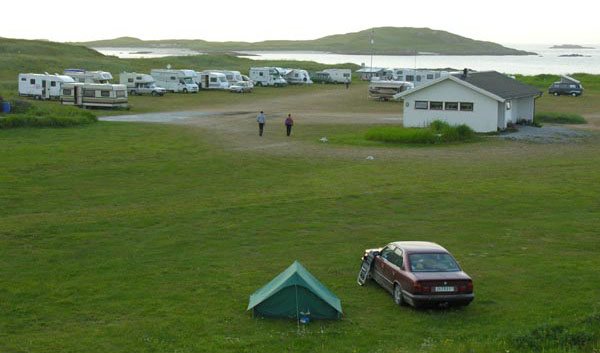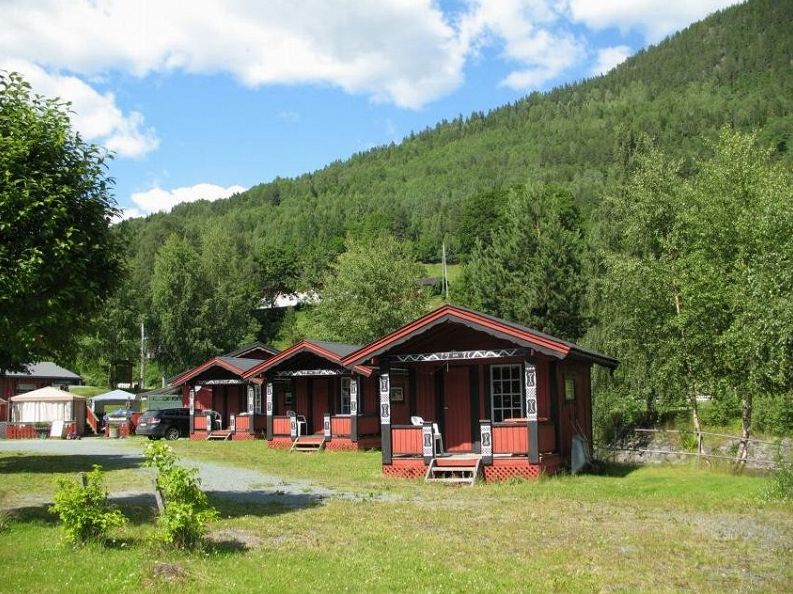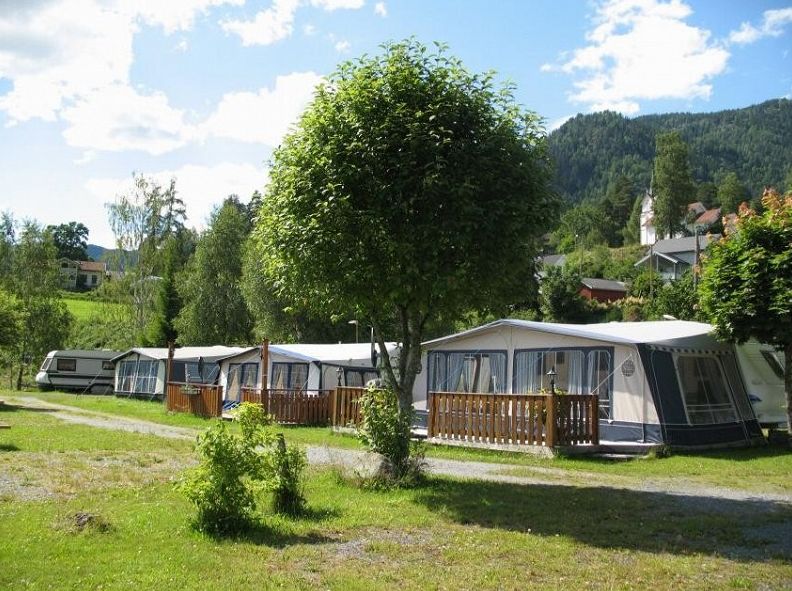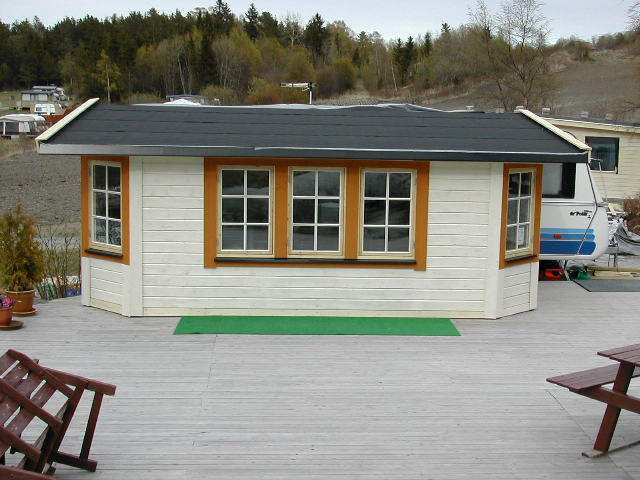This is the story of campsites in Norway, part 4. The 1990s was the decade of rapid transformation. Permanent sites for caravans, more cabins and caravans with high standards, tents out, enter the mobile homes.
According to figures from 1991 to 1999 published by Statistics Norway the number of guest nights on campsites fell from 5 million in 1991 to 3.7 million in 1998. This seemingly rapid decline of 25 % was not real. The census bureau had failed to grasp the heavy trend of permanent site rentals, a situation where a caravan is left on one spot on a long term contract.
When the bureau changed its reports in 1998 to include these caravans the number of campsite guest nights jumped to 7.2 million, and increase of 94 % over 1991. It is more probable the there was a reasonably steady growth through all these decades, and even since the 1950s. Here is a figure showing the official guest night stat on a yearly basis from 1976 til 2011.

Million guest nights on Norwegian campsites
I will now describe what really happened to the campsites during the 1990s. The following picture might illustrate the trends as well.
Tents out, caravans and motorhomes in
During the eighties and into the nineties the large family tents began to disappear because the users came to expect a different standard. The tents that were left belonged to motorcyclists, cyclists and young interrailers. On the other hand, the number of caravans grew in numbers and size. Eventually they took over most of the area on the camping grounds. Likewise there was in important development towards better equipped caravans, in short more luxury.

Fredvang Camping. Wonderful picture with many possible interpretations
Another development was that motorhomes (recreational vehicles) made their appearance, especiallyWohnwagen from Germany, but also some Norwegians began to fancy this type of vehicle and vacation. However, these tourists were not particularly faithful to campsites, as they were eager to find a place to camp in God’s free nature.
Statistics Norway has released a report on Camping in Norway 1984-1994. During these years traffic on the campsites grew by only 3 % mainly due to an increased number of Germans. Like I took note of above this figure is perhaps not correct, but what is more interesting is this: The report concludes that the campsites are important for the summer tourism measured by the number of guest nights. According to the estimates made, however, both employment and turnover in the camping industry were rather modest.

Bandak Camping – Cabins
Better cabins on the campsites
The campsites had to be competitive. One of their answers was to invest more in cabins. There had always been cabins to rent on campsites. These were traditionally small, in one room and with a very spartan decor. In time they grew in size and were equipped with multiple bedrooms, a fully equipped kitchen and of course with running water and toilet facilities.

Bandak Camping – Caravans and foretents
Permanent caravan sites with “Nail tents”
There was also another major development. Caravans on the camping grounds were often left behind when their owners went home. Or put another way, the owners of the caravans rented a permanent place. This was a win-win situation. Customers did not have to worry about parking at home and they had a permanent place to return to for a weekend or a longer stay. The landowners had secured a predictable and regular income.
By 1980 there were an estimated 75,000 caravans in Norway. By 2002 the number had only increased to 80,000 registered caravans. This modest increase had probably to do with registration rules: Caravans on permanent sites did not have to register. According to this newspaper article in 2010 there were approximately 80,000 unregistered caravans on permanent sites, 27,000 motorhomes and 73,000 registered (movable) caravans.
This trend was noticable everywhere, in the mountains, lowlands and by the sea – in winter and summer. Over the years the permanent space for the caravan was considerably enlarged. The traditional foretent attached to the caravan was not enough. Terraces and wooden or plastic cabins were put up next to the caravan, and we got a new word in the Norwegian language – “spikertelt” («nail-tent» in direct translation to English).

Vinge Camping – “Spikertelt”
The “Nail tent” campsites is the closest Norway has come to trailer camps in the USA. It was nowhere near the mobile home, and there was no question of staying permanently throughout the year in the nail tents. This was also the closest caravan owners came to the Norwegian dream of owning a private cabin. Many could probably afford a cabin, but preferred a place close to other people and the social life in the camp.
Further reading
You have read the story of campsites in Norway (part 4). This entry is part of a longer article in five sections about campsites in Norway during the last 50 years.
(1) The beginning, the classic period of tents in the 1950s and 60s.
(2) My camping experience from the 1960s and 70s.
(3) Growing competition from charter flights and good incomes in the 1970s and 80s. Caravans are starting to dominate.
(4) Decade of rapid transformation, the 1990s. Permanent sites for caravans, more cabins and caravans with high standards, tents out, enter the motorhomes.
(5) The last decade, recent developments and further reading.
Les artikkelserien om campingplasser på den norskpråklige delen av dette nettstedet.


